One life passion of mine that I enjoy bringing into the classroom is birding. Birdwatching with a class of early intermediate students is a really great experience! There are a number of different birding habitats within walking distance of our school. Since receiving the iPad grant last fall, students have used the iPads to study and observe birds, both in the classroom and in the field. An app that we have found to very useful is the Audubon Birds of North America app.
https://itunes.apple.com/ca/app/audubon-bird-guide-north-america/id333227386?mt=8
I believe the app is free, and it truly is packed with useful information, range maps, images and even specific vocalization recordings are available.
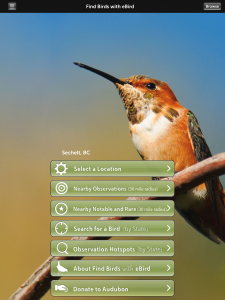
With a classroom account, users can also add sightings to Google based maps, view other sightings around the area (input by other app users) and record sightings in a “My Sightings” tab. I have not had time to unpack all of the options, but the student-friendly language and layout found in the “Description” tag was very helpful when we used the app to research local nesting ducks of the Sunshine Coast a few weeks ago.
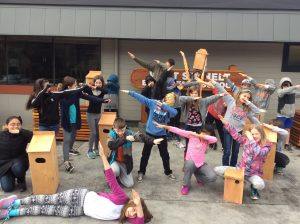
Our class seems to have adopted the “dab” pose in every class picture this year. We built these duck nesting boxes in our class. However before we built, students were required to research a few facts about some of our nesting ducks. For many students, this was the first time they had ever heard of the the bufflehead, hood merganser or wood duck. Not surprisingly, the hooded merganser was a big hit 🙂

Finally, here is a pic of the iPads in use out of doors. Students had spotted a red-tailed hawk and were able to capture a number of excellent shots with the iPads.

Once our latest round of snow melts, I plan on taking the students out with the iPads to do some further bird research in the field. Until then. Good Birding! Chris Allen. West Sechelt Elementary.
Another app that I have found to be quite useful has been Co:Writer
Co:Writer Universal
Universal. Text prediction software. This software, to my knowledge, predates Apple and voice recognition software. The program has specific dictionaries built into it, that helps narrow focus for specific word groups.
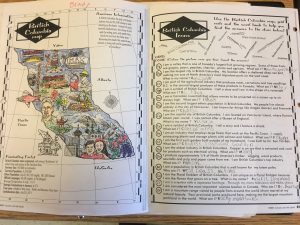

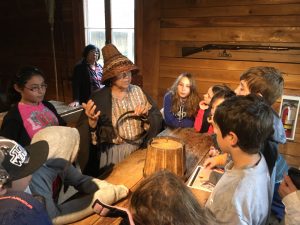

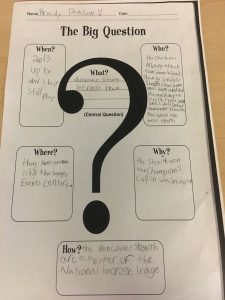


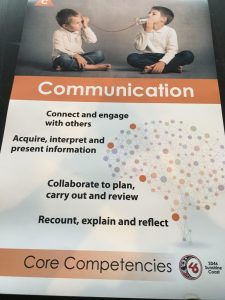






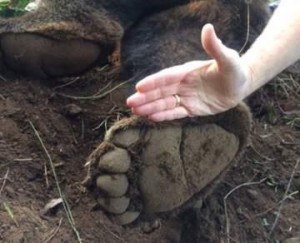 Our school community felt very fortunate to have been honoured with this visit, and were relieved to hear that the grizzly was safely relocated. The oppurtunity for place-based learning here at West Sechelt Elementary is vast and I look forward to challenging myself and my students in this topic this year.
Our school community felt very fortunate to have been honoured with this visit, and were relieved to hear that the grizzly was safely relocated. The oppurtunity for place-based learning here at West Sechelt Elementary is vast and I look forward to challenging myself and my students in this topic this year.